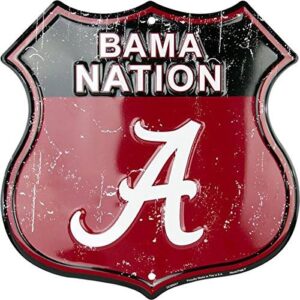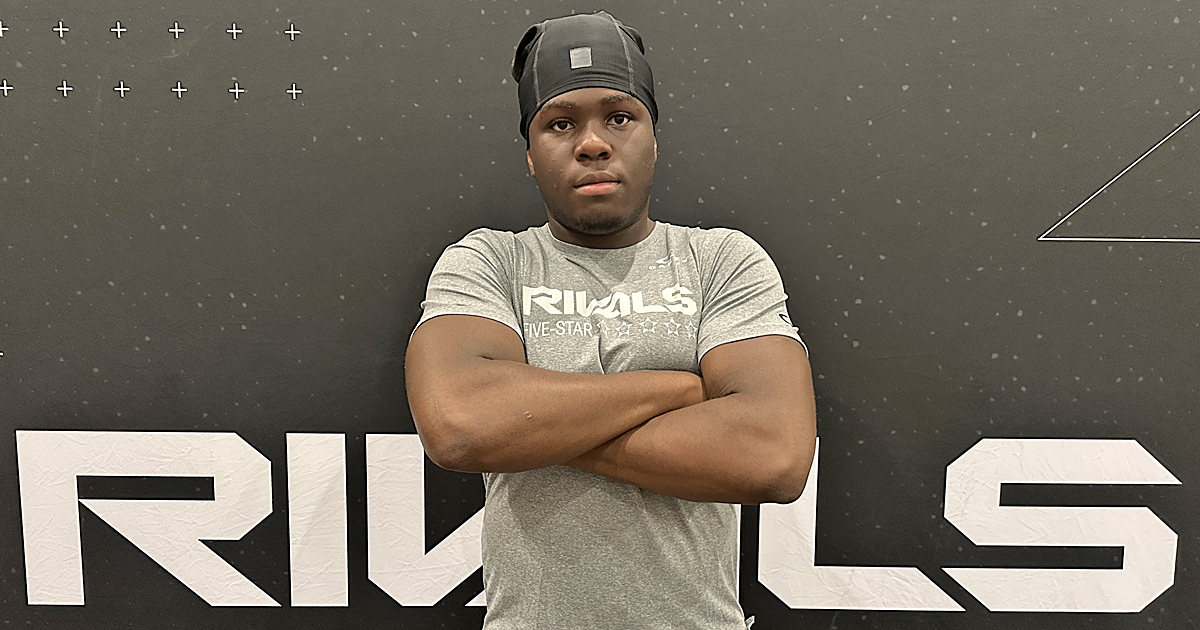So, does anyone know of any contracts with players as of yet? When ( not if ) the University begins to execute such agreements, does that in essence formalize a sort of employment agreement between the University and the player? Are academic performance requirements somehow included or does this formally end the silly “ student athlete “ nonsense?
Revenue Sharing Contracts?
- Thread starter Tideflyer
- Start date
Can someone explain the component of the revenue sharing where all NIL contracts have to go through a "clearing house"? I'm confused about how that will work and how it will be enforced if not abided by.
This is a very good question. When will college football be classified as professional?So, does anyone know of any contracts with players as of yet? When ( not if ) the University begins to execute such agreements, does that in essence formalize a sort of employment agreement between the University and the player? Are academic performance requirements somehow included or does this formally end the silly “ student athlete “ nonsense?
Rev share = salary capCan someone explain the component of the revenue sharing where all NIL contracts have to go through a "clearing house"? I'm confused about how that will work and how it will be enforced if not abided by.
NIL = endorsement deal
Rev share is a set pool of money and every member of the team (up to 105 players) will recieve some portion of that pool. And 85 will rceieve scholarships as well (sec agreed to keep scholarship limit at 85 for the time being. Schools can decide who gets what portion of that pool of money. This will function similar to the NFL pay scales and salary cap. For instance ty Simpson will make more than mack or Russell due to seniority and being a starter (likely). Ryan williams will probably get the largest percentage because of his star player status at a hugely important position. Rev share will be a good chunk of money but if you do it right very few players will.be getting rich from it, they may do well however. This is why you literally cant get just anyone you want in recruiting anymore unless those players are willing to take smaller Rev shares.
You can get a 5 star qb every year but they will want big Rev share agreements and if you spend all your cap on qb,.you will stink or only have like 60 players on your team. Gotta get comfortable developing and scouting good 3 star kids to bolster your roster.
There is a budget, its a hard set number and your schools job is to make sure thats balanced as they please.
NIL will remain, however all deals must be approved by the NIL clearinghouse (NIL GO) we dont know how this works yet until rubber meets the road in August but every program in the country (except auburn) seems to have an idea.
NIL will likely be what is was always meant to be instead of pay for play (it will still be sort of pay for play but not as much) so deals have to be reasonable based on the players marketability, position, public profile etc...
If NIL GO deems that an NIL deal isn't legit (a team offers a prep player a multi million deal that doesnt match their marketing or whatever) the clearinghouse can reject the deal. After that its either back to the drawing board for the collective and the player OR the school can honor the deal BUT it will count against their salary cap instead of being NIL based.
Its possible those decisions can be challenged but i would assume the house settlement includes arbitration agreements for such issues. But I could be wrong
One more thing. Just learned this yesterday. A school can designate a player as a "designated student athlete" these players will not recieve any portion of Rev share and maybe no NIL. These will be walk ons and as far as I can tell dont count against the 105 limit. But they will have more opportunities than paid players to enter the portal and won't be bound by contracts.
Also football cna now grant partial scholarships. Thats new and something keep and eye on.
Here is a summary of the details as produced and fact-checked by AI:
Key Components of the New Rules
Key Components of the New Rules
- Revenue Sharing and Salary Caps
- Overview: Starting July 1, 2025, NCAA Division I schools can opt to directly pay athletes through a revenue-sharing model, a historic shift from the previous prohibition on direct compensation.
- Each school can distribute up to a cap of approximately $20.5 million annually in the 2025-26 academic year, with the cap expected to increase by 4% annually (and recalculated in years 4, 7, and 10 based on Power Five conference revenues).
- By 2035, this cap is projected to reach around $33 million per school.
- How It Works: Schools are not required to participate but can choose to allocate funds up to the cap to athletes across all sports.
- The cap is set at 22% of the average revenue from Power Five conference schools, derived from sources like media rights, ticket sales, and sponsorships.
- Impact of Scholarships: If schools increase athletic scholarships beyond current limits, the additional scholarship costs (up to $2.5 million) will reduce the revenue-sharing cap.
- Scholarship limits are replaced by roster caps (e.g., football limited to 105 total spots; basketball increased to ~15)
- For example, a school offering more baseball scholarships than currently allowed would see its revenue-sharing pool shrink by the value of those additional scholarships. (see: USAToday )
- Distribution: Schools decide how to allocate the revenue-sharing funds among athletes and sports.
- However, it’s expected that the majority will go to football (approximately $13-16 million per school) and men’s basketball ($2-4 million), with smaller amounts for other sports.
- Football and men’s basketball will likely receive the largest portions (estimates: ~70–75% to football, 10–20% to men’s basketball).
- Non-revenue and women’s sports face potential cuts as schools prioritize revenue-critical programs
- Overview: Starting July 1, 2025, NCAA Division I schools can opt to directly pay athletes through a revenue-sharing model, a historic shift from the previous prohibition on direct compensation.
- Name, Image, and Likeness (NIL)
- Overview: Since 2021, athletes have been able to profit from their NIL through third-party deals (e.g., endorsements, sponsorships).
- The new settlement introduces oversight to regulate these deals, addressing the largely unregulated “Wild West” environment of the past few years.
- New Oversight Mechanism: The College Sports Commission (CSC), an independent entity formed by the Power Five conferences, oversees NIL deals through a clearinghouse called NIL Go, operated by Deloitte.
- All third-party NIL deals worth $600 or more must be reported to NIL Go to ensure they reflect fair market value and are not disguised “pay-to-play” schemes (e.g., payments to induce athletes to attend or stay at a school).
- Deals deemed excessive may be revised or challenged in arbitration.
- Some deals have already been rejected or delayed for failing “valid business purpose” tests
- No Cap on Third-Party NIL: Unlike revenue-sharing payments, third-party NIL deals are not subject to the $20.5 million cap, meaning boosters, collectives, or businesses can still pay athletes significant sums as long as the deals meet fair market value standards.
- For example, a booster could theoretically fund a $10 million NIL deal if it complies with CSC rules.
- Challenges: Critics argue that enforcing “fair market value” is subjective and may lead to legal challenges. Some schools and collectives are already exploring ways to circumvent the cap by supplementing revenue-sharing with large NIL deals.
- Overview: Since 2021, athletes have been able to profit from their NIL through third-party deals (e.g., endorsements, sponsorships).
- Back Damages
- Overview: The settlement includes $2.8 billion in back damages to be paid over 10 years (2025-2035) to athletes who competed between 2016 and September 15, 2024, compensating them for lost opportunities to earn NIL money due to NCAA restrictions.
- Eligibility: All Division I athletes from this period are eligible, with payments prioritized for football and men’s basketball playersat major programs, who may receive five- or six-figure sums
- Payments prioritized to football/mens basketball players (largest shares), though exact amounts vary; some estimates cite $135K per football/basketball athlete and $35K for women’s basketball
And Texas and Other Oil and Gas backed UniversitiesAuburn will go back to paying players under the table only because they aren't smart enough to figure how to do it within the new rules...
I assume schools will employee capologists like every NFL team has. As we get a year or two into this, I would imagine it gets complicated in determining who drops off the payroll and what can be guaranteed to players as they enter school. A player like Keelon Russell, for example, is probably going to want a larger up front rev share, but maybe lesser recruits get a smaller up front rev share with the promise of a much higher % in years 2, 3 or 4.
It will also be interesting to see how it impacts senior players. For instance, let's assume Ty Simpson has a great year and could go pro or come back for another season. In order to stay, he would want a large rev share, or is it better to let him go pro and use that money on incoming players and players currently on the roster who might otherwise transfer without a larger deal.
It will also be interesting to see how it impacts senior players. For instance, let's assume Ty Simpson has a great year and could go pro or come back for another season. In order to stay, he would want a large rev share, or is it better to let him go pro and use that money on incoming players and players currently on the roster who might otherwise transfer without a larger deal.
Amazon Prime Day Deals for TideFans!
Hangtime University of Alabama - Alabama Crimson Tide Bama Nation - University of Alabama Route Sign

Get this and many more items during Amazon Prime Day Deals (July 8-11)!
Get a Prime Free Trial!
Latest threads
-
-
Question: Tax experts and/or lawyers; How much from a settlement should I set aside for taxes?
- Started by CrimsonNagus
- Replies: 5
-
-
-
-





